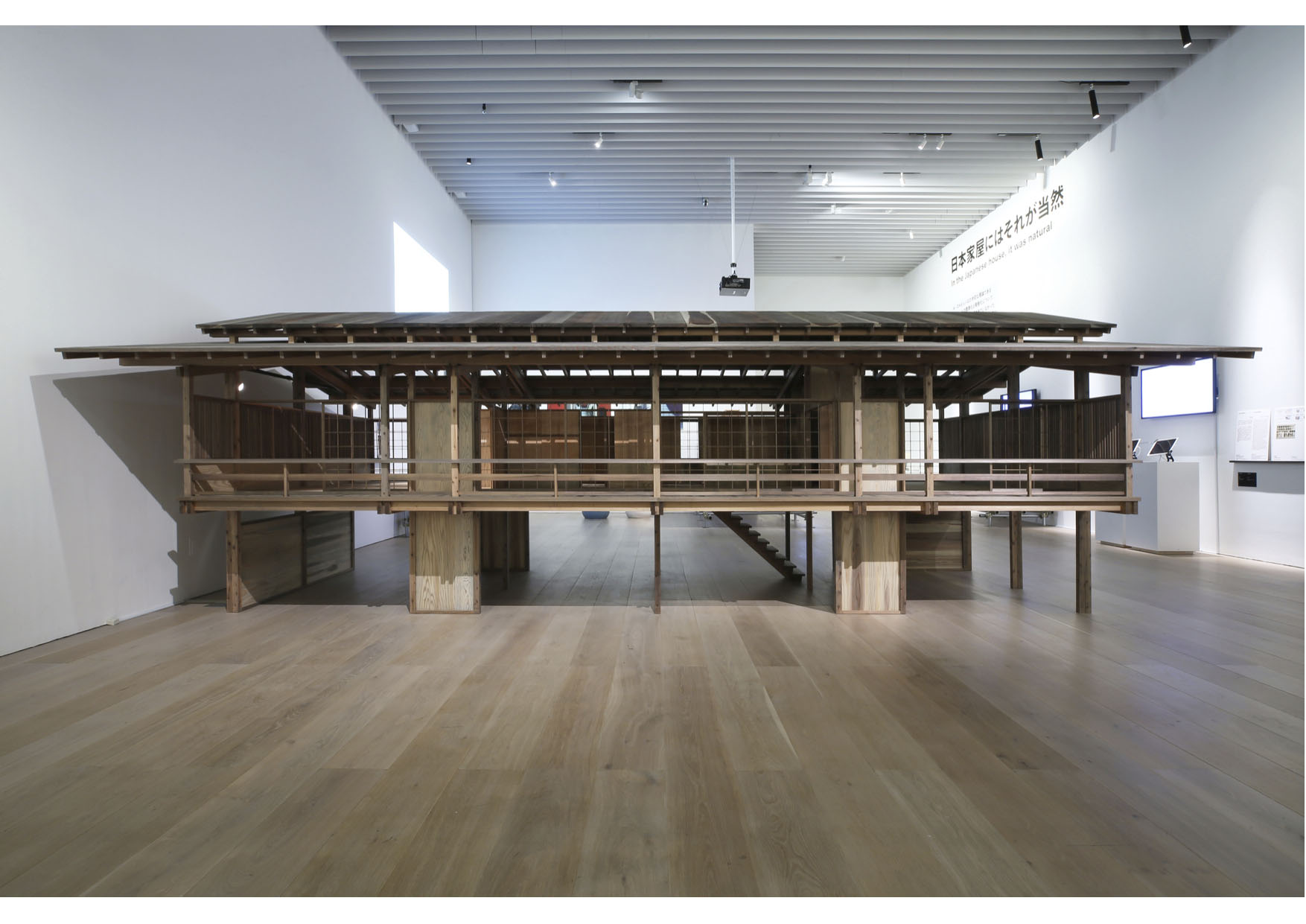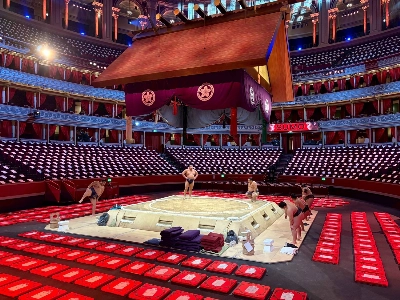As soon as you step through the doors of the Mori Art Museum on your way to see "Japan in Architecture: Genealogies of its Transformation," the smell of kishū hinoki (Japanese cypress) — used for the grid frame installation "Kigumi Infinity, Japan Pavilion, Expo Milano 2015" by Atsushi Kitagawara — beckons you to pick up the pace and hurry inside.
Behind this gate-like wooden installation, you'll find amazing examples of traditional wooden structures, such as scaled-down versions of Todaiji temple's Nandaimon gate and Toshogu shrine's Goju no To (five-story pagoda), displayed together with contemporary architecture they inspired, such as Arata Isozaki's "City in the Air: Shibuya Project"(1962) and the Tokyo Skytree (Nikken Sekkei, 2012).
This first section looks at the lineage of the wooden culture cultivated in Japan, a nation 70 percent covered in forest, where techniques to make the most of timber have been developed and refined since ancient times. The exhibition includes "Secret Books of Carpentry Techniques," old scrolls that explain the design technique known as kiwari, which sets rules for determining the proportions of timber used in buildings. The technique was a closely kept secret passed down through generations of master carpenters, until it was eventually copied and surreptitiously distributed across Japan during the Edo Period (1603-1868), considerably boosting the general quality of Japanese carpentry.


















With your current subscription plan you can comment on stories. However, before writing your first comment, please create a display name in the Profile section of your subscriber account page.